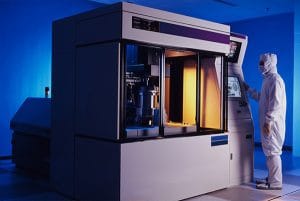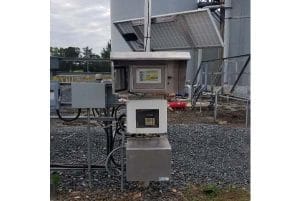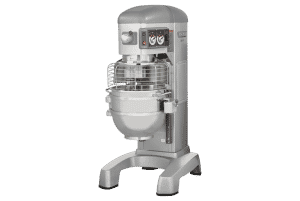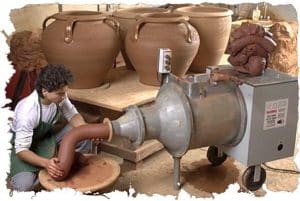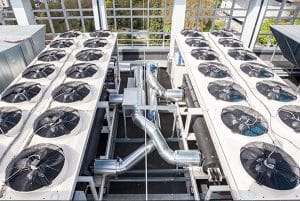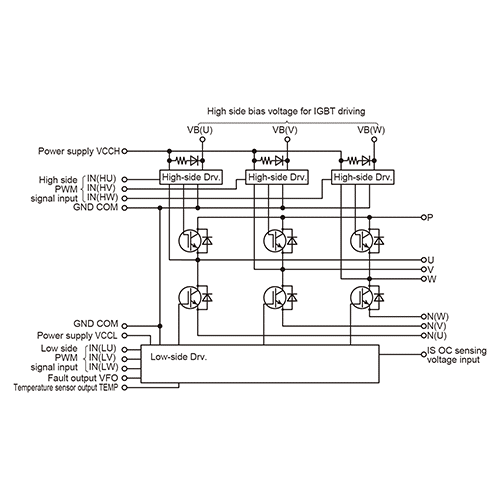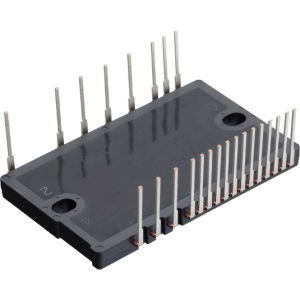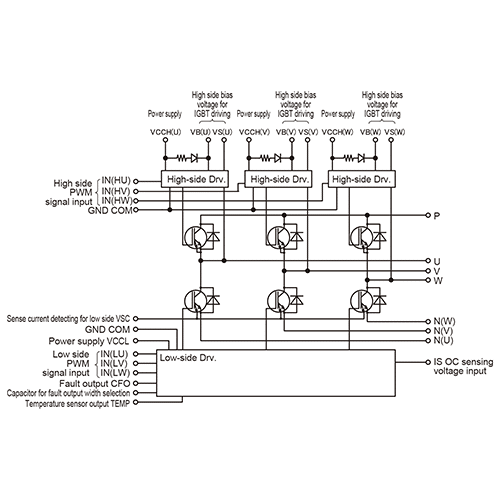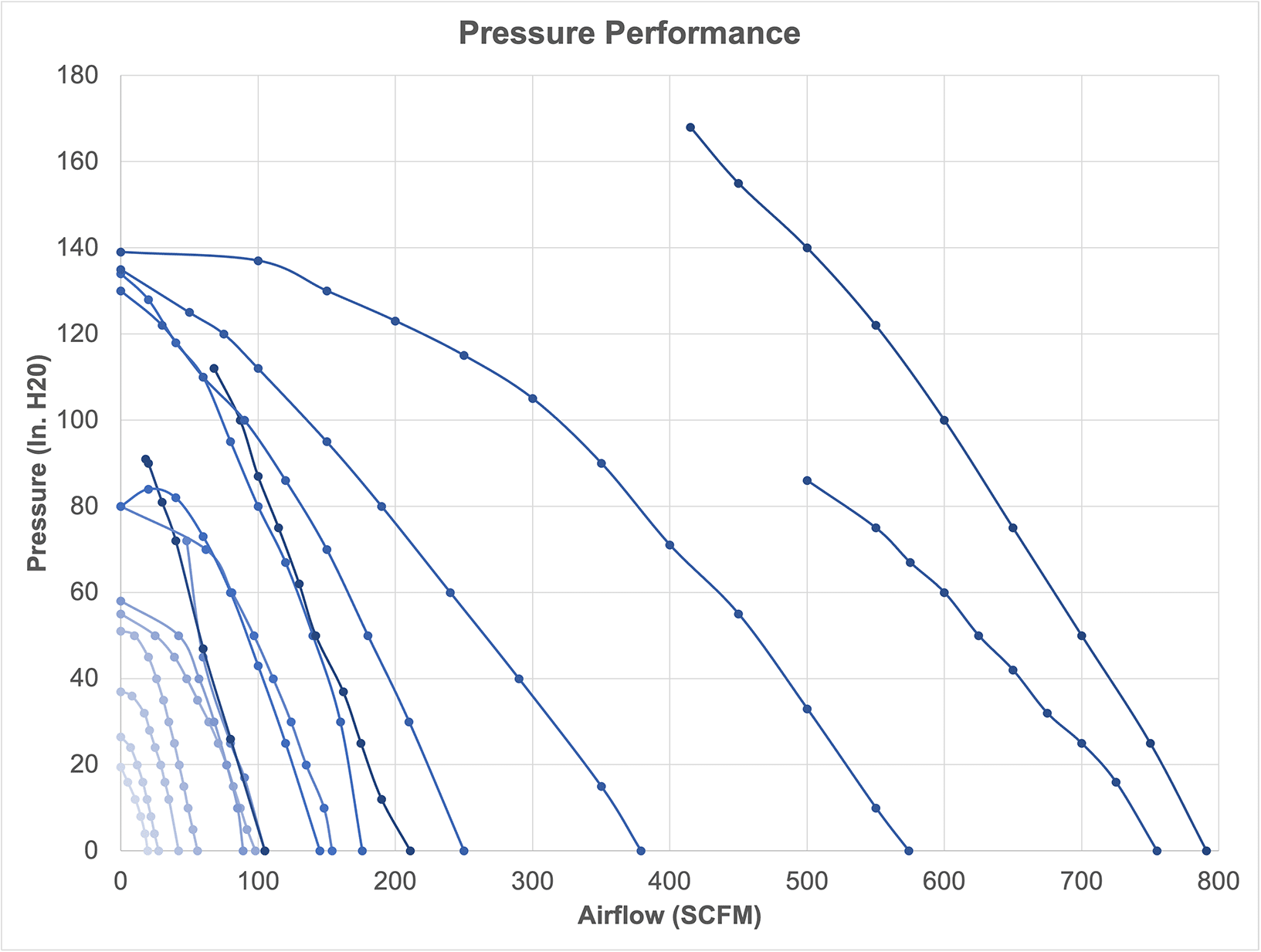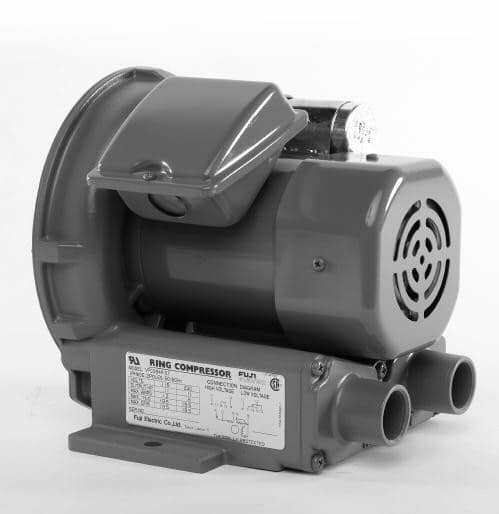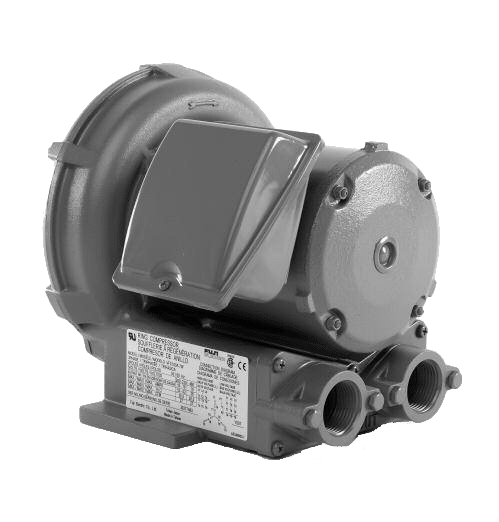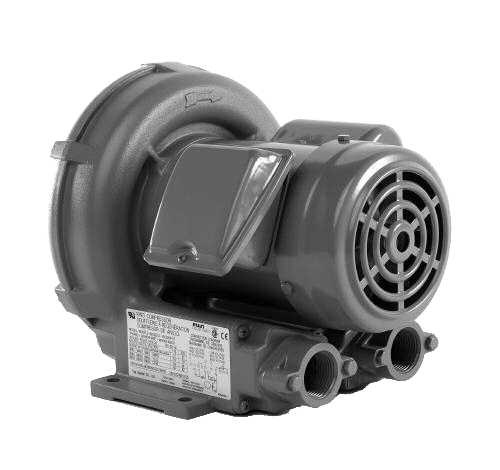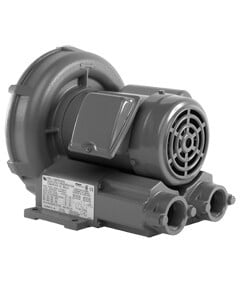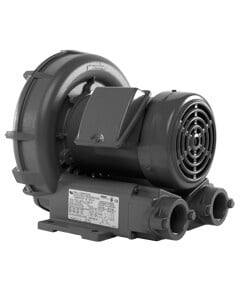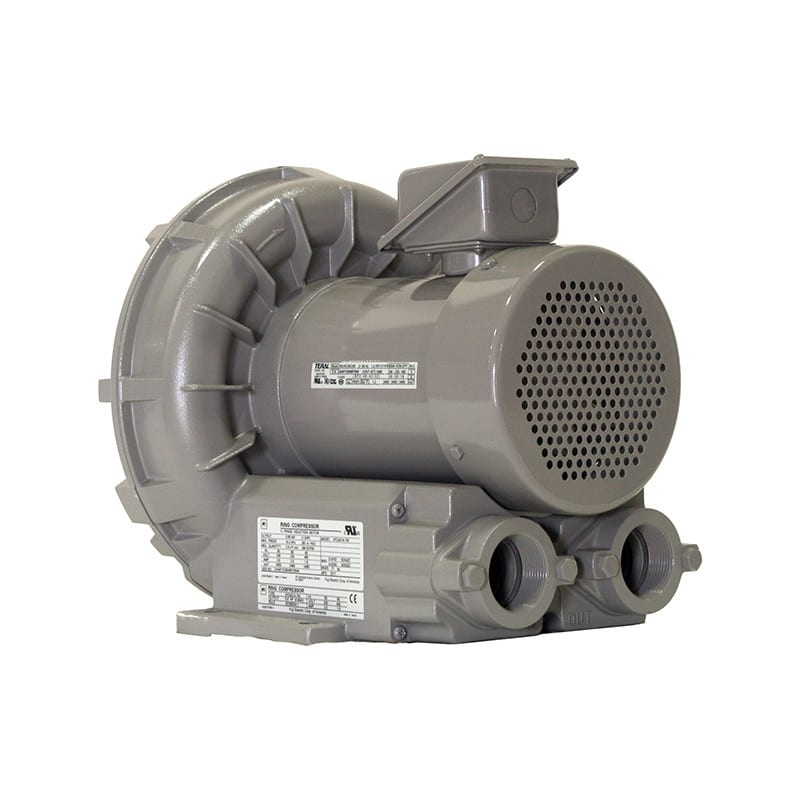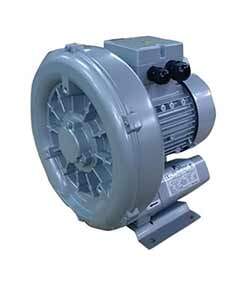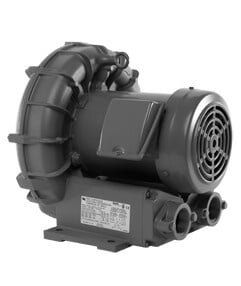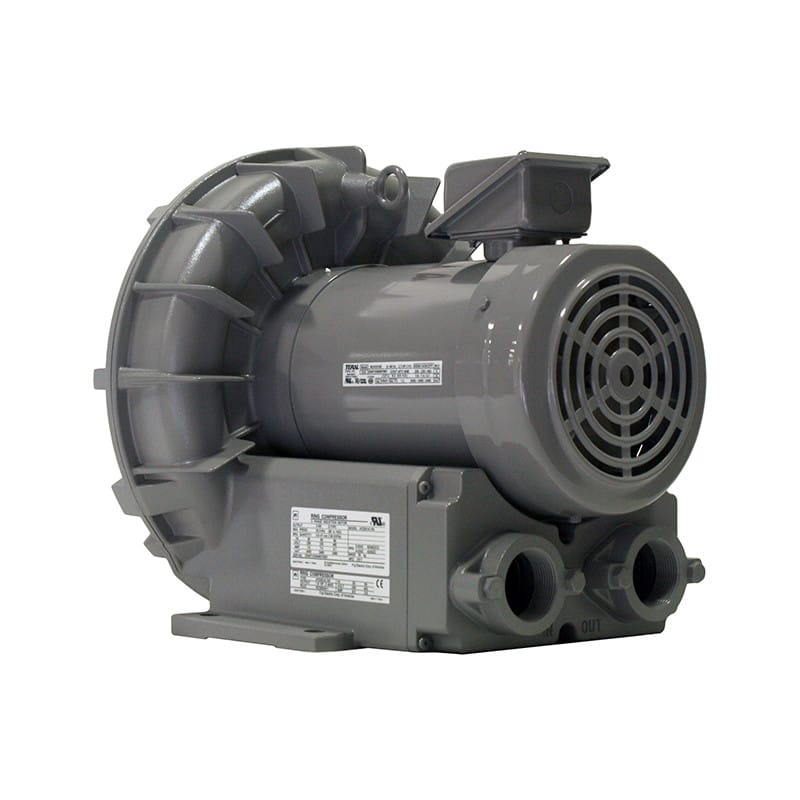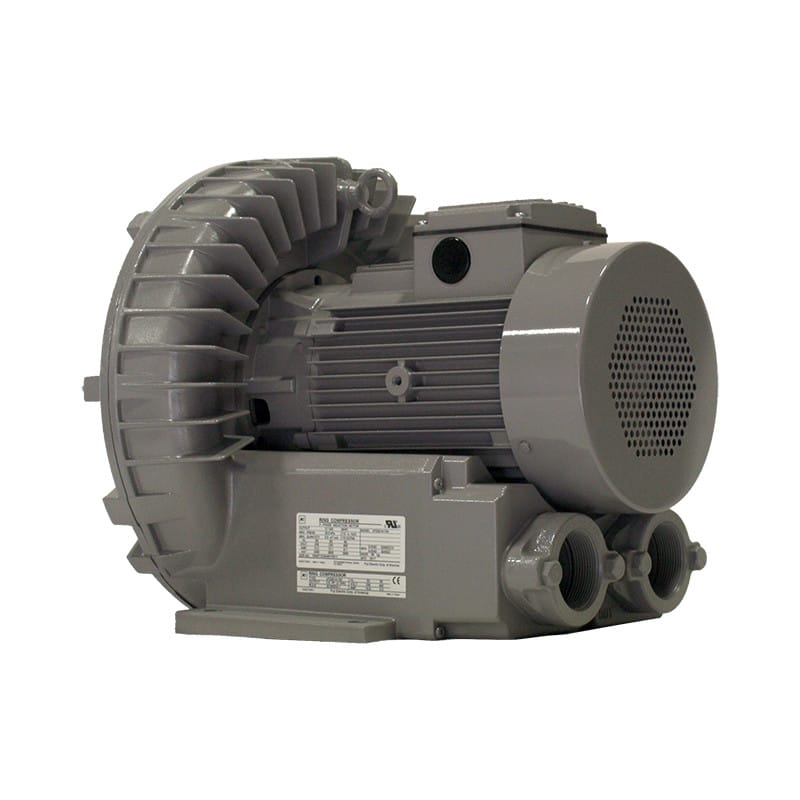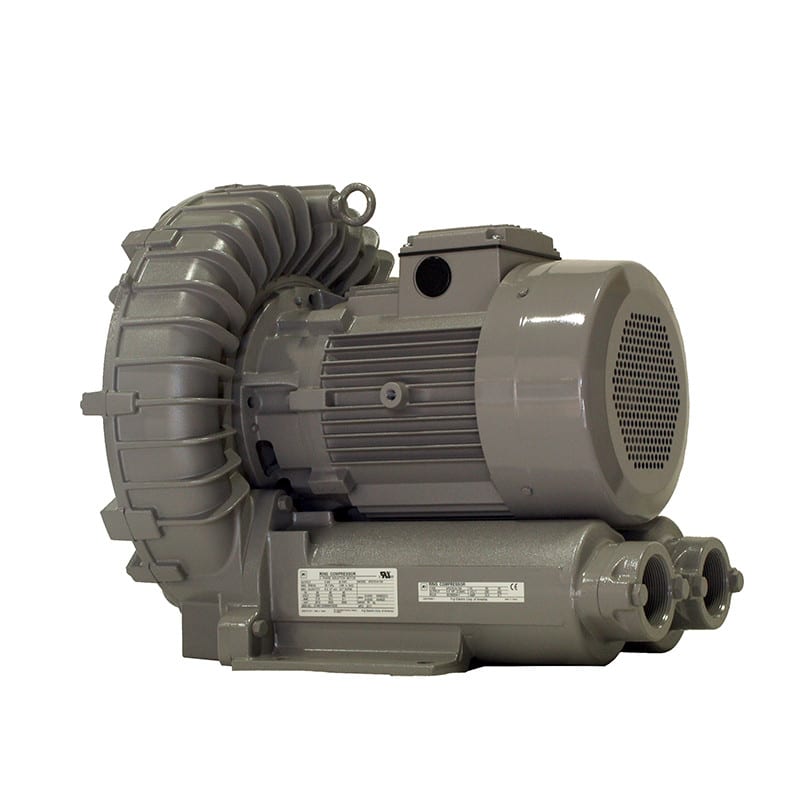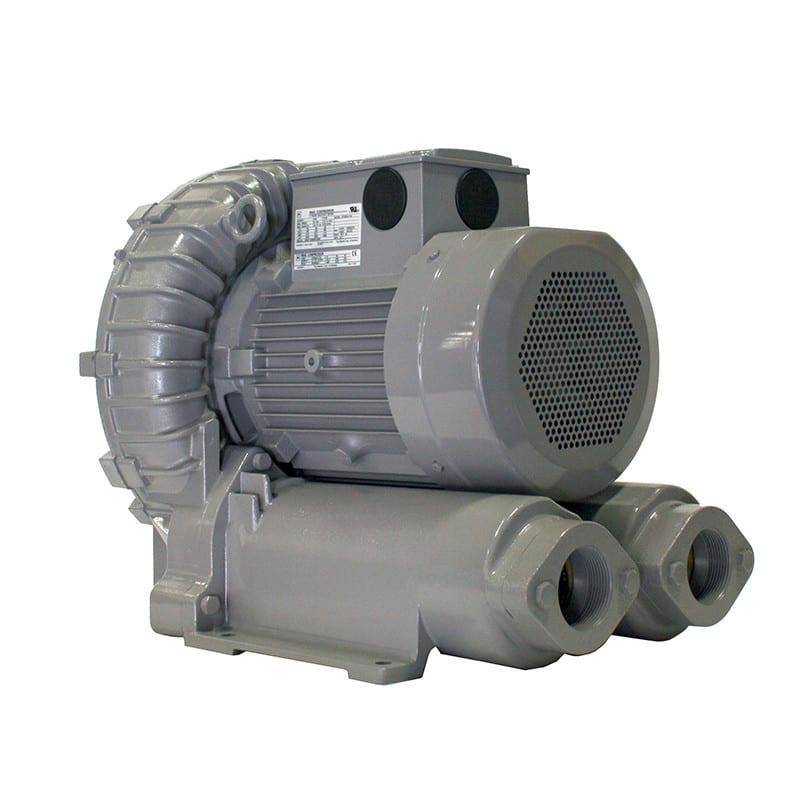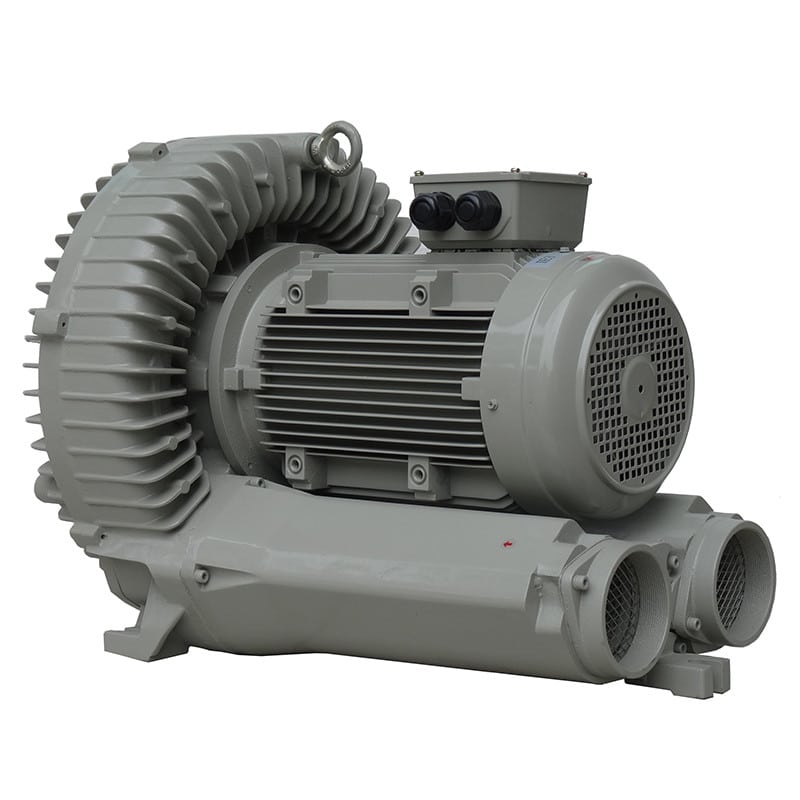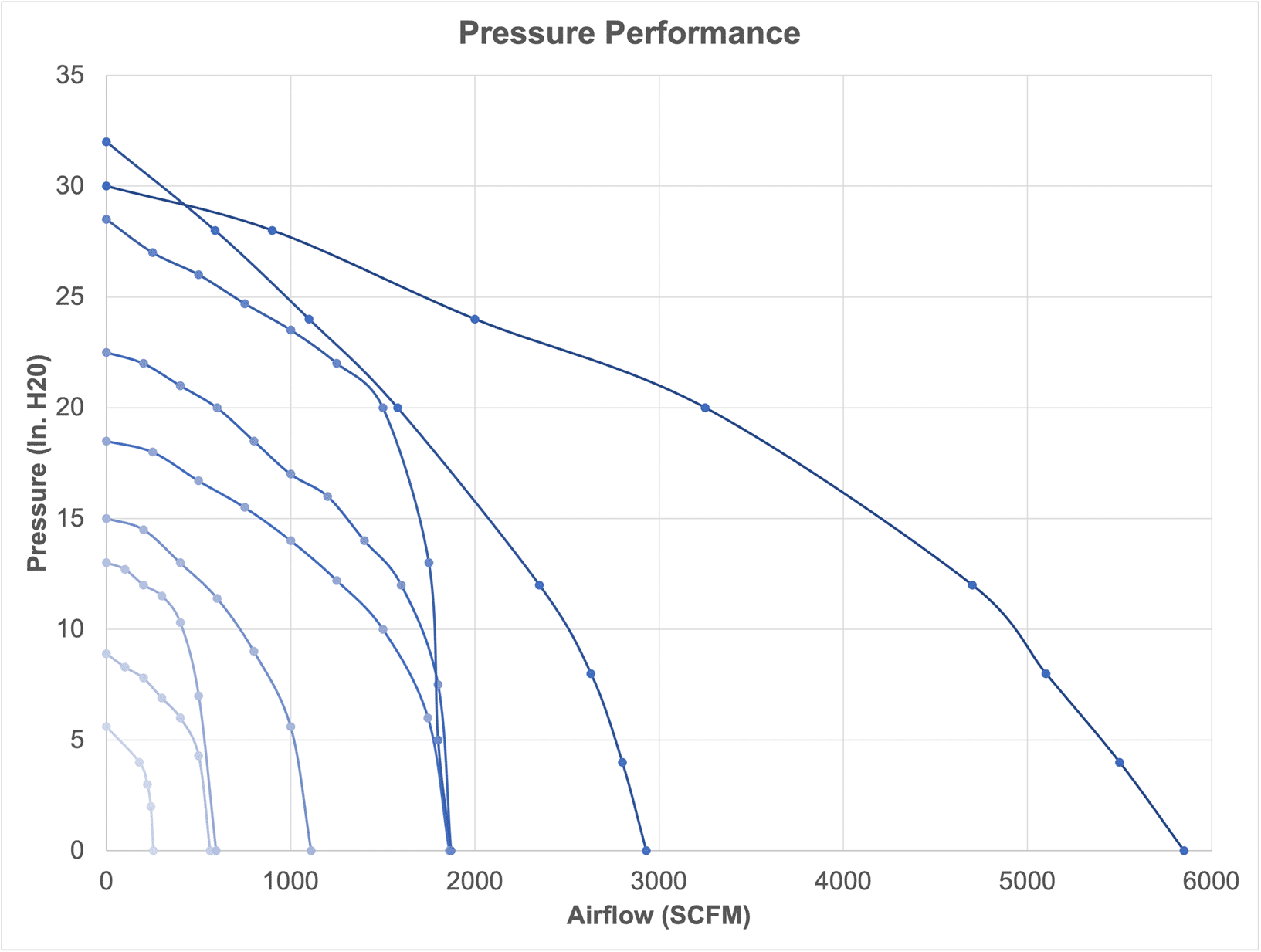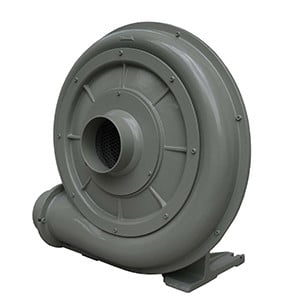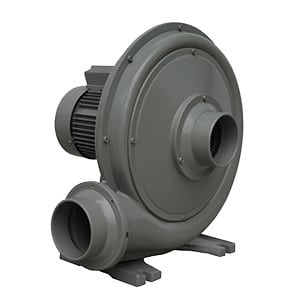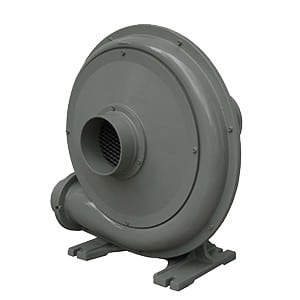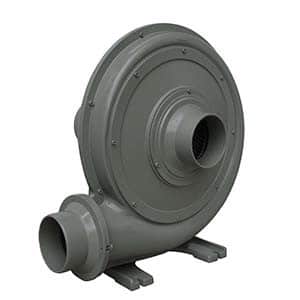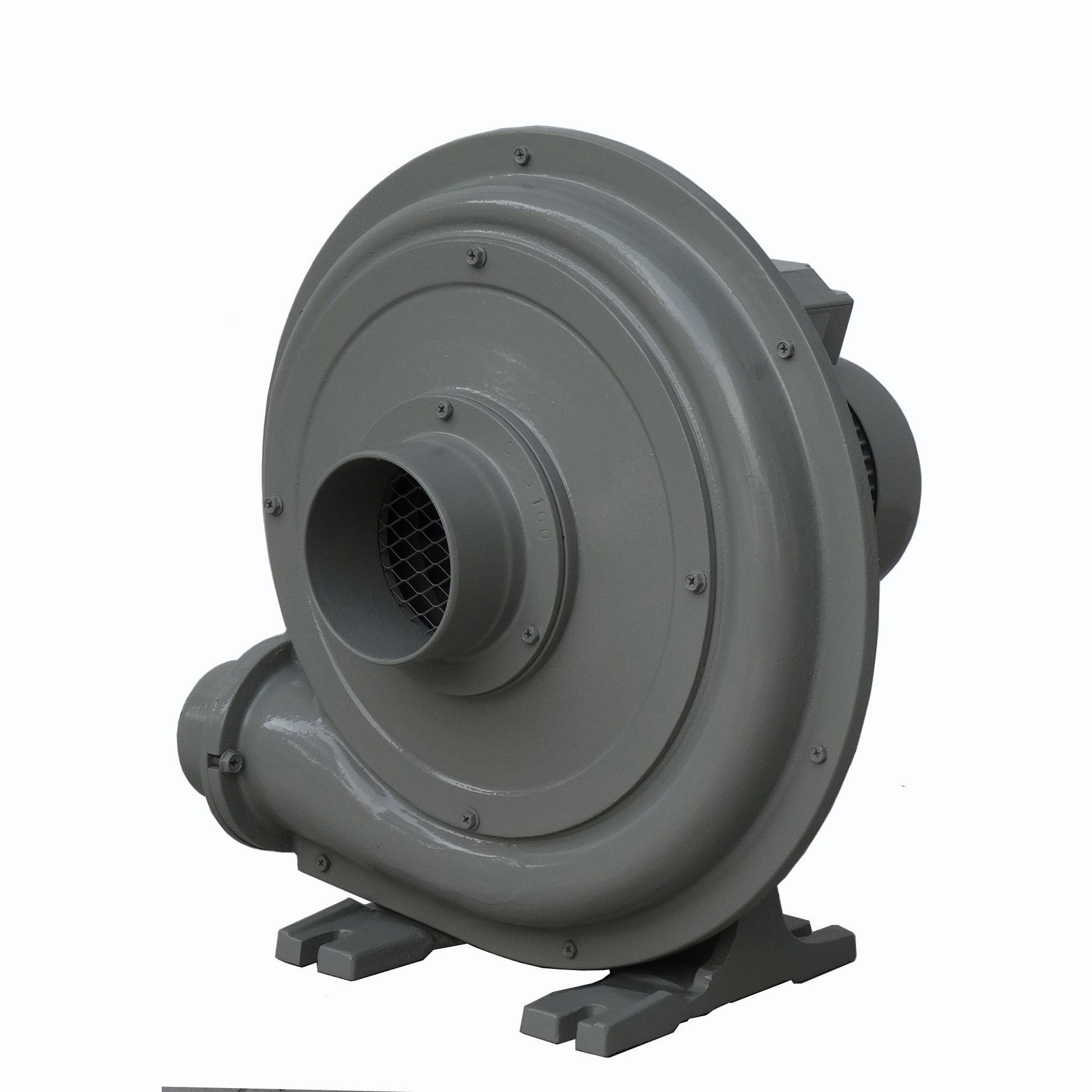Selecting a gate driver for a power electronic application requires careful consideration of the requirements of the system it will control, such as switching devices, voltage levels, and operating conditions. Here’s a step-by-step guide to selecting the right gate driver: 
- Understand the Power Switching Device
Gate drivers are used to control switching devices like MOSFETs, IGBTs, or SiC/GaN transistors. Identify the specific characteristics of the switching device:
- Threshold Voltage (Vgs(th)): Ensure the gate driver can supply a voltage higher than the threshold to turn the device fully on and lower to turn it off completely.
- Gate Capacitance: High gate capacitance requires a driver with sufficient drive strength (current capability) to charge and discharge the gate efficiently.
- Device Type:
- For MOSFETs: Gate voltage often ranges from 10–15V.
- For IGBTs: Gate voltage can be ±15V or higher.
- For SiC/GaN transistors: These often require lower voltage ranges (5–6V) but faster switching speeds.
- Determine Gate Drive Voltage
The gate driver must provide the correct voltage to turn the device on and off:
- Turn-On Voltage (Vgs(on)): Ensure the driver can supply the optimal voltage for full conduction with minimal losses.
- Turn-Off Voltage (Vgs(off)): Ensure the driver can pull the gate voltage below the threshold to prevent unintended conduction (e.g., -5V for some IGBTs).
- Evaluate Gate Drive Current
Gate drivers need sufficient current capability to switch the device at the desired frequency:
- Peak Drive Current: The driver must handle the instantaneous current required to charge/discharge the gate capacitance. This is critical for high-speed or high-frequency applications.
- Continuous Current: Consider the average current requirement based on the switching frequency.
- Isolation Requirements
Some applications require isolation between the control circuit and the power circuit:
- Optocouplers: Provide electrical isolation using light signals.
- Transformers: Used for galvanic isolation in high-voltage systems.
- Integrated Isolated Gate Drivers: Compact and reliable solution for isolated gate drive.
- Switching Speed and Frequency
The gate driver must support the switching speed and frequency required by the application:
- Rise and Fall Times: Faster switching reduces transition losses but may cause higher electromagnetic interference (EMI).
- Propagation Delay: Ensure the delay is minimal and consistent for real-time control.
- Protection Features
Gate drivers often include built-in protections to enhance system reliability:
- Under-Voltage Lockout (UVLO): Prevents the driver from operating if the supply voltage is insufficient.
- Overcurrent Protection (OCP): Limits current to protect the switching device.
- Desaturation Detection: Detects overvoltage conditions in IGBTs and turns them off safely.
- Dead-Time Control: Prevents shoot-through in half-bridge configurations.
- Input Signal Compatibility
Ensure the gate driver is compatible with the control signal:
- Logic Levels: Match the logic levels (3.3V, 5V, etc.) of the controller with the driver’s input requirements.
- Input Type: Determine if the driver accepts digital, PWM, or analog input signals.
- Power Supply Requirements
Gate drivers need a stable power supply:
- Voltage Levels: Ensure the power supply matches the driver’s operating voltage range.
- Bootstrap Circuit (if needed): For high-side drivers, ensure the bootstrap circuit can handle voltage requirements.
- Thermal Performance
Consider the power dissipation of the gate driver:
- Power Losses: Evaluate based on switching frequency and gate capacitance.
- Cooling: Determine if additional cooling (e.g., heatsinks) is required.
- Gate Driver Topology
Choose the topology based on the application:
- Low-Side Drivers: For low-side switches.
- High-Side Drivers: For high-side switches with level-shifting circuits.
- Half-Bridge Drivers: For half-bridge or full-bridge topologies.
- Isolated Drivers: For high-voltage or safety-critical applications.
- Application-Specific Considerations
Tailor your selection to the specific needs of your application:
- Inverters and Motor Drives: Often require isolated drivers with high current capability.
- DC-DC Converters: May need non-isolated drivers with fast switching capabilities.
- Power Factor Correction (PFC): Needs drivers optimized for high-frequency operation.
- Cost and Availability
Finally, consider the cost and availability of the gate driver. Ensure the chosen driver is readily available and fits within your budget.
Example Selection Process:
If you’re using a SiC MOSFET in a high-frequency inverter:
- Select a driver that supports the required voltage (e.g., ±20V).
- Ensure it provides fast switching capabilities to minimize losses.
- Use an isolated driver for safety if high voltages are present.
- Look for built-in protections like UVLO and overcurrent detection.









